Rising Demand for Quality Wines
The Wine Fermentation Equipment Market is experiencing a notable increase in demand for high-quality wines. As consumers become more discerning, wineries are compelled to invest in advanced fermentation equipment to enhance the quality of their products. This trend is reflected in the growing number of wineries adopting sophisticated fermentation technologies, which are essential for producing premium wines. According to industry reports, the market for wine fermentation equipment is projected to grow at a compound annual growth rate of approximately 6% over the next few years. This growth is driven by the need for precision in fermentation processes, which directly impacts the flavor and aroma profiles of wines. Consequently, the Wine Fermentation Equipment Market is likely to see a surge in investments aimed at upgrading existing facilities and incorporating innovative technologies.
Expansion of Wine Production Regions
The expansion of wine production regions is a critical driver for the Wine Fermentation Equipment Market. Emerging markets in regions previously not known for wine production are beginning to establish themselves, leading to an increased demand for fermentation equipment. Countries in Asia and South America are witnessing a rise in viticulture, which is driving the need for modern fermentation technologies. This expansion is not only creating new opportunities for equipment manufacturers but also fostering competition among existing players. As new wineries emerge, the demand for efficient and reliable fermentation equipment is expected to grow. This trend indicates a promising future for the Wine Fermentation Equipment Market, as it adapts to the evolving landscape of global wine production.
Increased Focus on Sustainability Practices
Sustainability practices are becoming increasingly important within the Wine Fermentation Equipment Market. Wineries are recognizing the need to adopt environmentally friendly practices, which includes investing in energy-efficient fermentation equipment. This shift is driven by both regulatory pressures and consumer expectations for sustainable production methods. Equipment that minimizes energy consumption and reduces waste is gaining traction among winemakers. Furthermore, the implementation of sustainable practices is often linked to improved brand reputation and customer loyalty. As a result, the demand for sustainable fermentation solutions is likely to rise, influencing the overall growth of the Wine Fermentation Equipment Market. Manufacturers are responding by developing innovative equipment that aligns with these sustainability goals, thereby enhancing their market position.
Growing Interest in Organic and Natural Wines
The Wine Fermentation Equipment Market is also influenced by the increasing consumer interest in organic and natural wines. As more consumers prioritize sustainability and health, wineries are adapting their production methods to meet these preferences. This shift necessitates the use of specialized fermentation equipment that supports organic practices, such as minimal intervention and the use of native yeasts. Reports indicate that the organic wine segment is expanding rapidly, with sales projected to increase significantly in the coming years. This trend is prompting manufacturers of fermentation equipment to innovate and offer solutions tailored to the needs of organic winemakers. Consequently, the Wine Fermentation Equipment Market is likely to benefit from this growing segment, as more producers seek to align their practices with consumer demands.
Technological Advancements in Fermentation Processes
Technological advancements are significantly shaping the Wine Fermentation Equipment Market. Innovations such as temperature control systems, automated monitoring, and data analytics are becoming increasingly prevalent. These technologies not only enhance the efficiency of fermentation processes but also improve the consistency and quality of the final product. For instance, the integration of smart sensors allows winemakers to monitor fermentation conditions in real-time, leading to better decision-making. The market is witnessing a shift towards equipment that incorporates these advanced features, which is expected to drive growth. As wineries seek to optimize their production processes, the demand for state-of-the-art fermentation equipment is likely to rise, further propelling the Wine Fermentation Equipment Market forward.


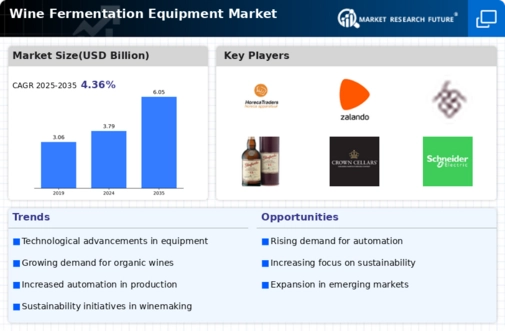
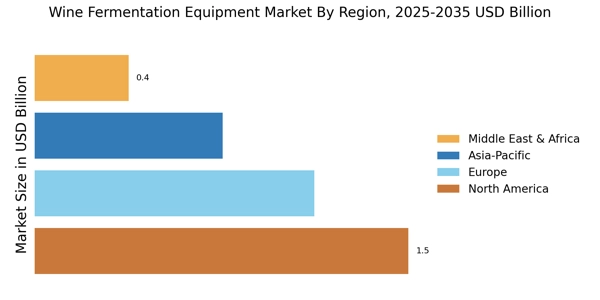

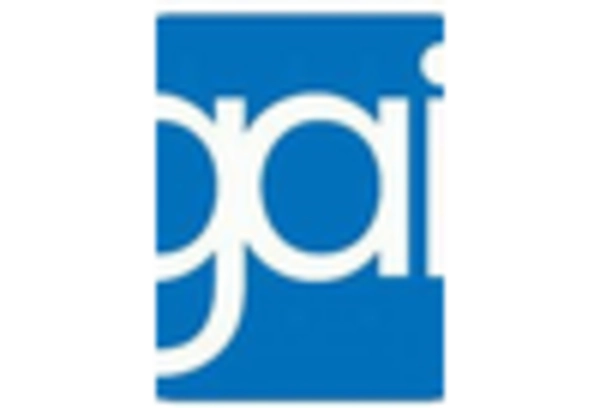
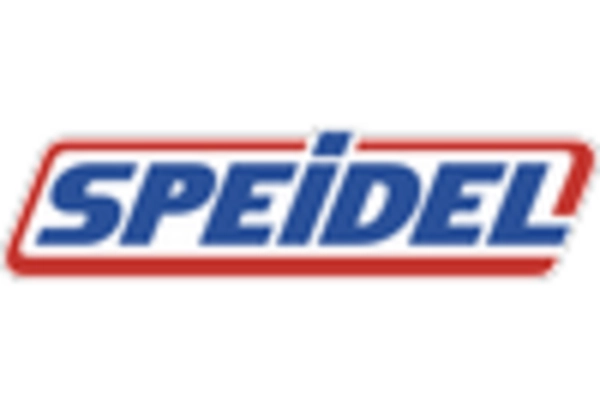
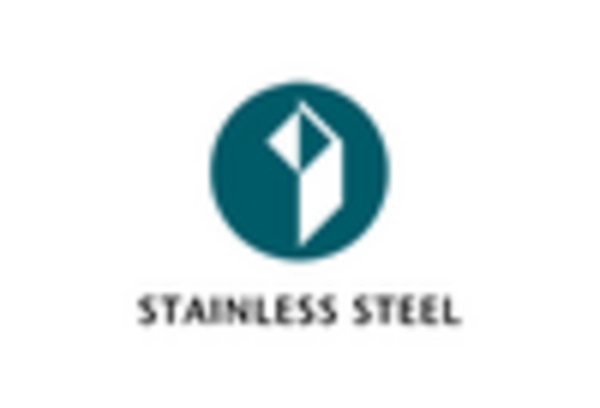










Leave a Comment